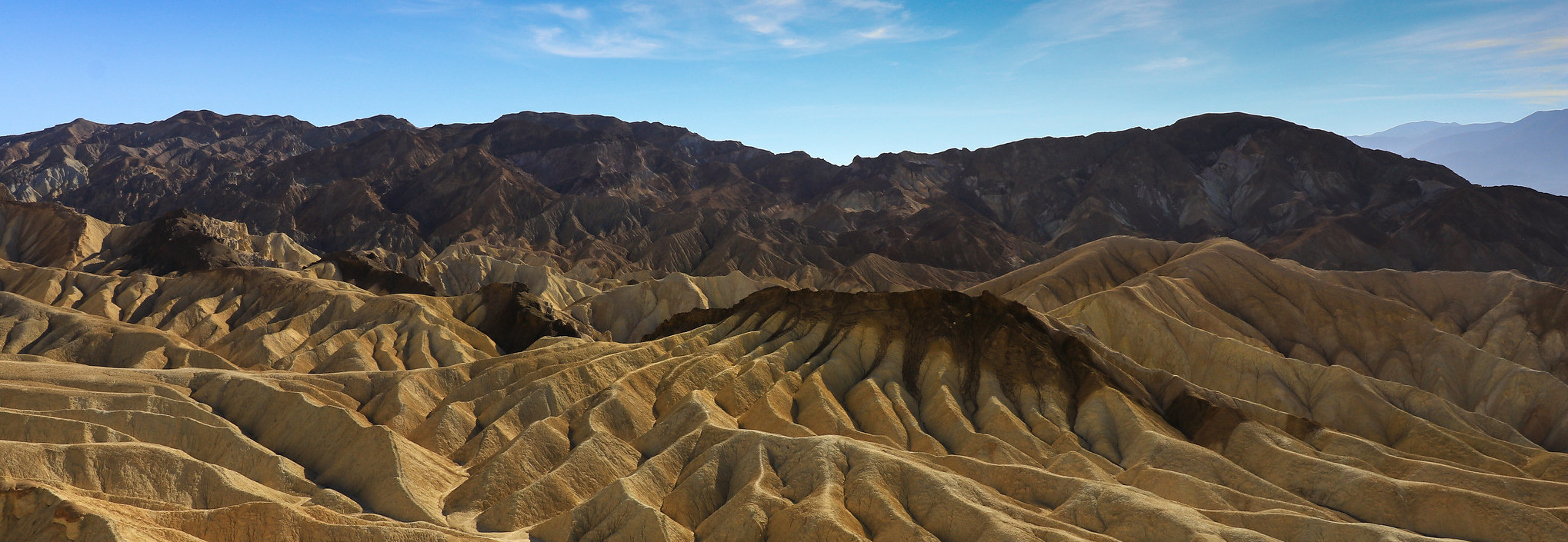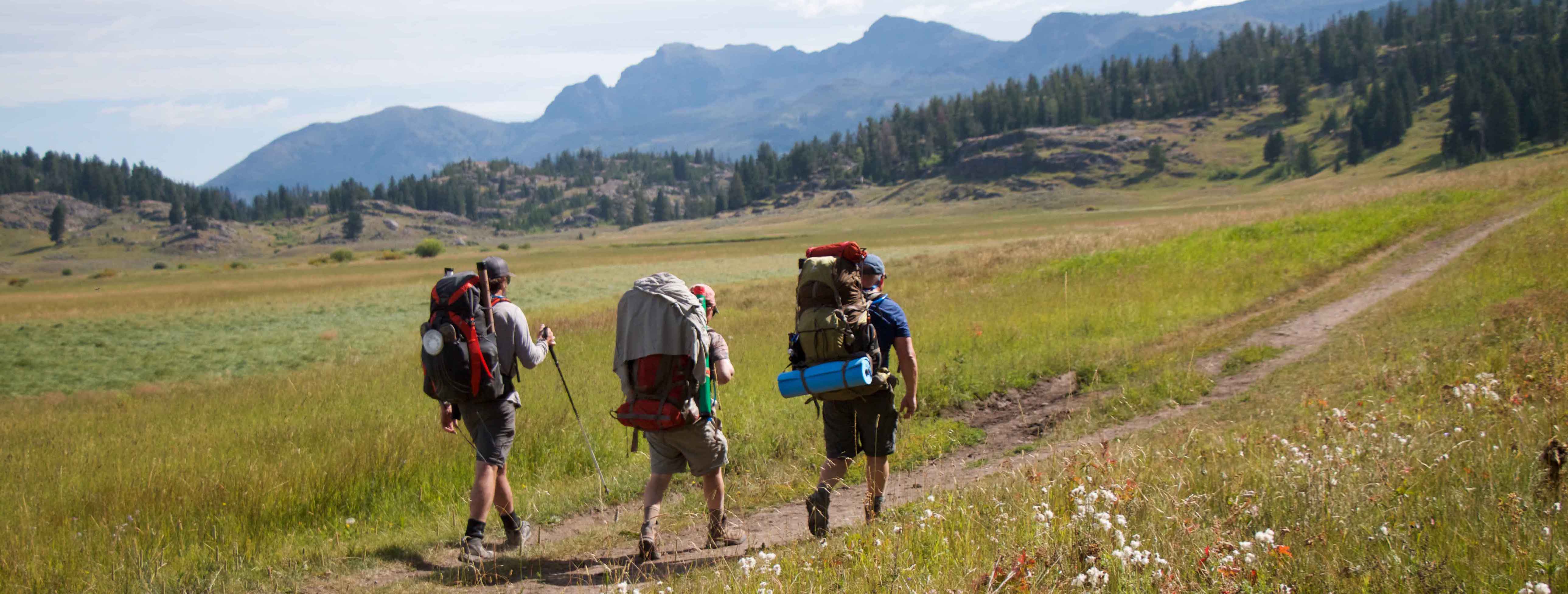My husband Russell and I were on a fertility tour of sorts, traveling Southeast Asia and Japan together to de-stress and think about our options after nearly two years of failing to conceive. The travel guides we’d inhaled recommended a meditative, decompressing walk in nature, so we decided to give it a go. As he pointed us to a good starting place, the knowledgeable local we’d met in the neighboring Kyoto temple told us not to speak, to cut out the background noise, to be present and observe. The bamboo shot over our heads towards the sky as we made our way carefully, slowly, along the undulating, mossy path in silence.
Within hours of setting off, as I took deep, purposeful lungfuls of phytoncides (commonly referred to as “the aroma of the forest”) and felt the dampness of the cherry blossom confetti on my fingertips, nature wrapped itself around me in a cool embrace, and the anxiety I was feeling started to fall away. Months of fear about whether I would ever be able to conceive evaporated as I allowed myself to be washed in green. The next day, sitting next to an emerald lake, I understood this powerful connection with the great outdoors was something my anxious self had been yearning for years, and one I should take home.
Back in the US, with my connection to Mother Nature reestablished, I made time for myself outside of work, socializing and social media, taking silent walks in the shadowy canopy along the river in the city where I lived. My evening entertainment would be on my porch watching a million fireflies, not The Bachelor. I felt more peaceful, and it was in this state, I conceived my son and became a mother. Of course, the trees didn’t invigorate my sketchy fertility with a pagan spell, but I truly believe the change in pace and lowered levels of cortisol in my system gave me a more fertile ground to work with.
Nature wrapped itself around me in a cool embrace, and the anxiety I was feeling started to fall away
It’s fitting my discovery happened in Japan. “Shinrin-yoku” or in English “forest bathing” was first introduced there as part of a public health program in the country in 1982, when despite economic prosperity, soaring depression and sickness levels were rising. The Japanese Ministry of Agriculture, Forestry and Fisheries investigated the root of the social and physical problems and found when penned into offices, that people were losing their connection to the great outdoors.
Over the subsequent eight years, scientists spent millions studying the physiological and psychological effects of Shinrin-yoku, and uncovered its positive effects on the immunity, blood pressure and stress levels that could last up to a month following each “bath” in the woods. They designated forty-eight therapy trails like the one my husband and I had walked in Kyoto, specifically for that purpose. Use of these trails led to a statistical drop in everything from obesity to suicide, and turned the idea of taking a nature walk into a national pastime, one that would enhance health, wellness, and happiness.
More and more global research shows engagement with nature reduces everything from heart rate, anxiety, anger, PTSD and ADHD. It improves sleep, focus, the immune system, energy and creativity. Forest bathing is now being incorporated into national health care programs around the world. After a government-funded study found psychological improvements in those who spent time outside, the Natural Resources Institute Finland set up a government-endorsed program that recommends spending five hours in nature per month to help with the country’s struggles with depression and alcoholism.
“Shinrin-yoku” or in English “forest bathing” was first introduced [in Japan] as part of a public health program in the country in 1982
In South Korea, the country’s Forest Service offer events such as woodcrafts for cancer patients, prenatal forest meditation and camping adventures for bullied children, all in their official healing forests, designed to help citizens feel better and to lower state medical costs. Prevention is key, and nature is key to prevention, the Korean government has discovered. There are dozens of these healing forests around the country, and the inhabitants of most major towns having easy access to them. In Switzerland, teachers are setting up Waldkindergartens—forest playschools—to set their youngsters off on the right track by encouraging learning through meaningful interactions with the living world rather than focusing on strict academic criteria. The state of New York has a guide for residents on its official website called “Immerse Yourself in a Forest for Better Health,” catching up with their West Coast counterparts who have incorporated forest bathing into their lifestyle for a decade.
It seems a shame we’ve had to formalize something our ancestors did naturally. We are, let’s face it, just talking about going for a walk in the woods and putting our phones away. But we need to be reminded to do it. The benefits of just slowing down, stepping outside and being in nature may appear obvious but modern life has placed us inside, on screens, away from flora and fauna, and it’s miserable.
Forest bathing is not a race or a challenge like a hike, and there is not a distance marker you have to tick off, no pedometer to check. It’s as personal a journey into wellness as yoga should be. Like yoga, meditation, prayer, working out, and many other worthy endeavors, forest bathing is a practice, and the longer one devotes to it, over time, the more of a beneficial relationship can be built. To those who are unsure how to begin, I say simply find a safe space, turn off your phone, put one foot in front of the other and reintroduce yourself to your surroundings and open your senses. Watch the clouds, feel the breeze, listen to the birds, smell the flowers, touch the rocks as you stride through your local forest, park, beach. Your mood will lift, so will your energy levels, and a feeling of awe and gratitude will reinvigorate your entire being, I guarantee. You will feel youthful again, almost childlike.
The benefits of just slowing down, stepping outside and being in nature may appear obvious
As a child, being outdoors and at one with nature came easily. I was born in Waltham Forest—the London Borough famous and protected for the woodlands Henry VIII and Elizabeth I used to escape the stress of the royal court—and spent quite a lot of time stuck in mud and mushing fallen petals into perfume, working through the soil as I processed my parents’ divorce. At eleven, my mother and her new husband moved us out to Essex, to a house that backed onto Epping Forest, to a road—quite magically—called Sylvan Way. The power of the trees held a different magic then, as I plowed through my teens, finding freedom and teamwork —and Ouija boards, cute boys and sneaked cigarettes—under the ancient oaks with my forever friends.
When I reached my twenties, I moved back to the angry, concrete animal that is London and started spending all my time commuting to grey cubicles through dirty, dull underground tunnels. When I was at my most toxic and dull, I visited an aura reader for an article. “Your aura is green but struggling with the energy around it. You need to get out into the countryside, take your shoes off, and wriggle grass beneath your toes. It will save your soul.” I ignored her obviously. I felt I was too busy for pastoral pleasures, until the life changing moment in Japan, a decade later, when amidst my mental anguish I was reminded of the nourishment one got from connecting with Mother Nurture
Becoming a mother inspired me to write my latest book, Forest Therapy: Seasonal Ways to Embrace Nature for a Happier You, and it was parenthood that forced forest bathing to become an even hardier, perennial part of my life. As a recent survey of 12,000 parents of five to twelve year olds from ten countries, found that British children were among the most housebound in the world, spending twice as much time on screens inside as they do playing outside, and American children get less free time outside than prisoners and free-range chickens. This unnatural entrapment is considered significant to scientists, teachers and child behavioral psychologists as they look at dramatically increased rates of childhood obesity, diabetes, and how being outdoors boosts self-esteem, concentration and creativity, and helps youngsters to destress and build social networks.
American children get less free time outside than prisoners and free-range chickens
I am determined to instill in my children, William, seven, and Matilda, five, a love for the wild freedom of nature we so often overlook. My son and his friends play in the forest a short walk from his school twice a week, year-round, having sword fights with sticks and building forts with logs, simple things so important in my own childhood but that are so easily forgotten when there’s the lure of an iPad or television. And my daughter’s most outlandish tantrums can—please let this last!—be quietened with a collection of freshly-picked flowers or an encounter with a wiggly worm.
Forest bathing may sound pretentious but giving it a name turns it into a process, a practice, not just something we think sounds nice but we can’t make time for. Being in nature—whether you call it Shinrin-yoku, or forest bathing or a walk in the woods —really is the best medicine.
Contributor
Sarah Ivens, PhD, is the best-selling author of eight lifestyle and wellness books, including Forest Therapy: Seasonal Ways to Embrace Nature for a Happier You and A Modern Girl’s Guide to Etiquette, and the founding Editor in Chief of OK! magazine. She is a regular contributor to the Telegraph, The Daily Mail, Marie Claire and Glamour and splits her time between Austin, Texas and London, England.



